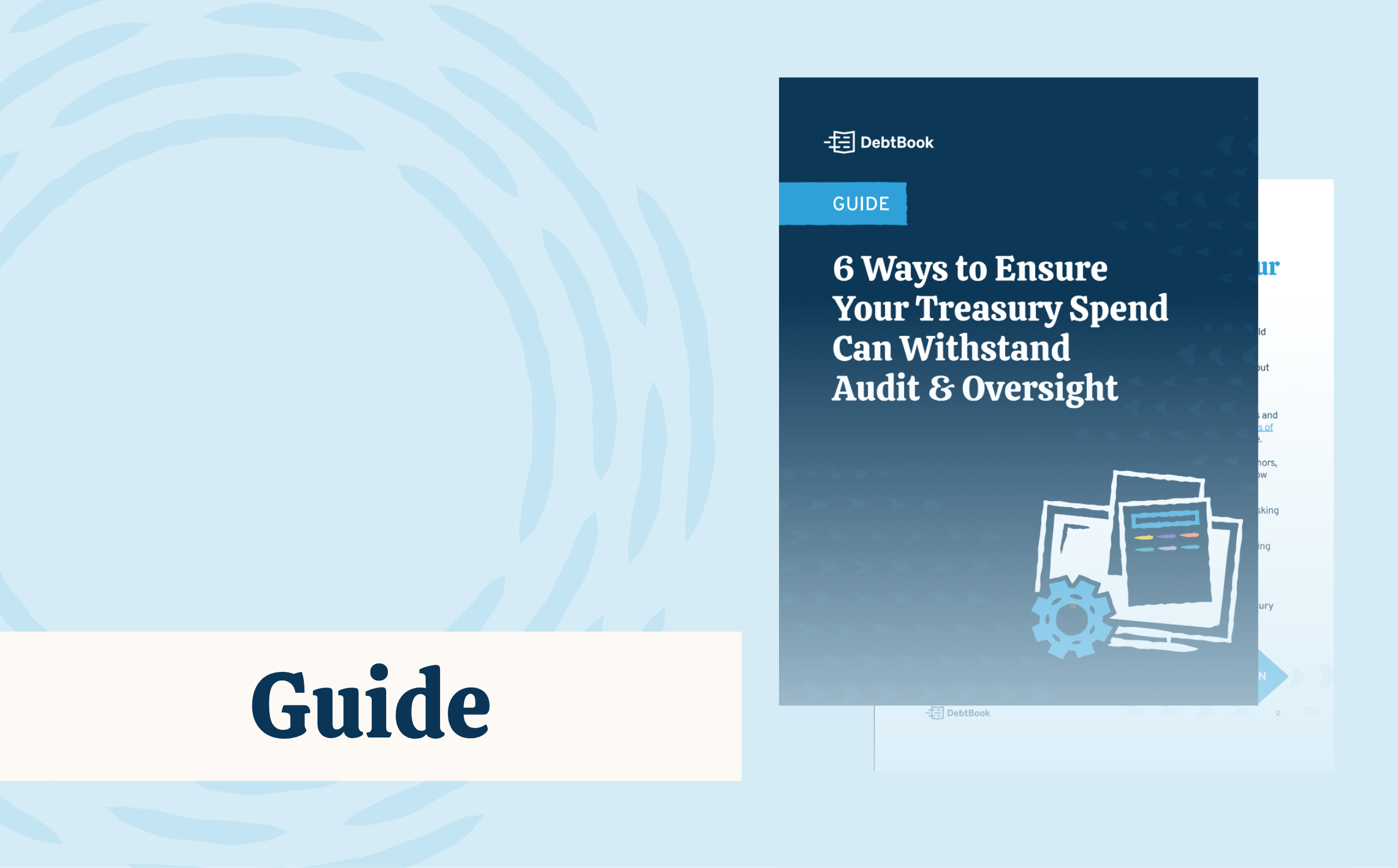ASC 842 has become a key focus for many organizations, particularly those within the nonprofit and higher education sectors. This accounting standard, introduced by the Financial Accounting Standards Board (FASB), represents a significant shift in how leases are reported on financial statements. Under ASC 842, nearly all leases must now be recognized on the balance sheet, providing a more transparent and accurate view of an organization’s liabilities.
For many organizations, especially those with complex leasing arrangements, this change brings both opportunities and challenges. On one hand, ASC 842 offers the potential for greater financial clarity, enabling stakeholders to make more informed decisions based on a comprehensive understanding of an organization’s obligations.
On the other hand, the process of transitioning to ASC 842 compliance can be challenging. The sheer volume of data that needs to be tracked, recorded, and reported can overwhelm even the most organized teams, particularly when relying on traditional methods like spreadsheets.
Understanding ASC 842 and its Compliance Requirements
Prior to ASC 842, many leases were kept off the balance sheet, making it difficult for stakeholders to gain a full understanding of an organization’s financial obligations. ASC 842 was introduced to address this issue by requiring that nearly all leases be recognized on the balance sheet, providing a clearer and more accurate picture of an organization’s financial position.
ASC 842 aims to increase transparency in financial reporting. By bringing lease obligations into the spotlight, it allows for a more honest representation of an organization’s liabilities. This change is particularly significant for organizations in the nonprofit, higher education, and healthcare sectors, where leases often play a major role in day-to-day operations.
Whether it’s leasing office space, medical equipment, or even vehicles, these leases must now be accounted for as both a right-of-use asset and a corresponding lease liability on the balance sheet.
Common Challenges Organizations Face When Transitioning to ASC 842
Transitioning to ASC 842 involves more than just updating accounting practices—it requires a fundamental shift in how leases are managed and reported. Here are some of the primary challenges organizations may encounter:
Manual Data Entry and Management
Many organizations have historically relied on spreadsheets to manage lease information. However, manual data entry is not only time-consuming but also susceptible to errors. Ensuring that all lease terms, such as duration, payment schedules, renewal options, and contingencies, are accurately recorded demands meticulous attention and can overwhelm even the most diligent teams.
Complexity of Maintaining Accurate and Up-to-Date Lease Records
Accurate and up-to-date lease records are important for compliance with ASC 842. Maintaining these records can be complex due to several factors:
- Volume of Leases: Organizations with extensive lease portfolios, common in sectors like higher education and healthcare, may manage hundreds or thousands of lease agreements.
- Diverse Lease Terms: Each lease agreement can have unique terms and conditions that need to be tracked and updated regularly.
- Ongoing Changes: Lease modifications, renewals, terminations, and other adjustments must be promptly reflected in the records to ensure accuracy.
Difficulty in Generating Comprehensive Reports for Audits and Financial Statements
ASC 842 imposes stringent reporting requirements with detailed disclosures about an organization’s leasing activities. Generating comprehensive reports can be challenging due to:
- Data Aggregation: Consolidating lease data from multiple sources into a cohesive report is often labor-intensive and prone to errors when done manually.
- Compliance with Reporting Standards: Ensuring that reports meet the specific requirements of ASC 842, including the proper presentation of right-of-use assets and lease liabilities, requires a deep understanding of the standard.
- Timeliness: Preparing these reports in a timely manner, especially during critical periods like year-end close or external audits, can strain resources and lead to rushed or incomplete reporting.
Risks of Non-Compliance
Failing to comply with ASC 842 can have serious consequences for organizations, including:
- Financial Penalties: Non-compliance can result in fines and penalties, depending on regulatory requirements and the severity of the discrepancies.
- Inaccurate Financial Reporting: Incorrect lease accounting can distort financial statements, leading to a misleading portrayal of an organization’s financial health. This can affect decision-making, stakeholder trust, and overall reputation.
- Audit Findings: During external audits, non-compliance issues can lead to qualified opinions or adverse findings, which can have long-term implications for an organization’s credibility and financial standing.
How DebtBook Simplifies ASC 842 Compliance
DebtBook’s cloud-based ASC 842 software, which already supports GASB 87 compliance, is designed to also meet your ASC 842 compliance needs, offering a comprehensive solution that simplifies every aspect of compliance, from data consolidation to reporting.
DebtBook’s platform is tailored specifically for the unique challenges faced by nonprofit, higher education, and healthcare organizations. By centralizing all lease-related activities into one intuitive system, DebtBook empowers your team to manage leases with greater accuracy and efficiency, ensuring compliance with ASC 842 without the typical headaches associated with manual processes.
Key Features that Make DebtBook Essential for ASC 842 Compliance
Consolidated Lease Data
One of the most significant advantages of using DebtBook is its ability to centralize all lease data in a single platform. Instead of juggling multiple spreadsheets or disparate data sources, DebtBook provides a unified view of your entire lease portfolio. This consolidation eliminates the need for manual reconciliations, reducing the risk of errors and ensuring that all your lease data is accurate, up-to-date, and easily accessible.
By having a single source of truth for lease data, you can confidently manage your leases knowing that your records are complete and consistent. This not only streamlines day-to-day operations but also simplifies the process of generating reports and conducting audits.
Automated Audit Trail
Every action taken within the platform is automatically logged, creating a detailed, real-time record of all lease-related activities. This automated audit trail ensures that your organization is always prepared for audits, with a clear and accurate history of lease management decisions readily available.
With an automated audit trail, you no longer need to worry about manually tracking changes or documenting updates. DebtBook handles this for you, providing peace of mind that your compliance efforts are always audit-ready.
Simplified Reporting
ASC 842 introduces new reporting requirements that can be challenging to meet without the right tools. DebtBook simplifies this process by automating the creation of audit notes, footnote disclosures, and journal entries directly from the data stored in the platform. This automation not only saves time but also reduces the potential for errors, ensuring that your financial statements are accurate and compliant with ASC 842.
User-Friendly Collaboration
DebtBook allows your entire team, as well as external auditors, to access the platform without additional costs. Each user can be given appropriate access levels, ensuring that the right people have the information they need when they need it.
As one client noted, “I added my auditors as guests, and they were able to navigate to everything they needed.” This level of collaboration not only streamlines the audit process but also fosters greater transparency and efficiency across your organization.
The Long-Term Value of Adopting a Specialized Lease Management Solution
Investing in a specialized lease management solution like DebtBook offers significant long-term value for your organization:
- Sustained Compliance: With ASC 842’s complex and evolving requirements, maintaining compliance is an ongoing challenge. DebtBook’s platform is continuously updated to reflect the latest accounting standards, ensuring that your organization remains compliant over the long term.
- Improved Financial Decision-Making: By providing accurate, real-time lease data and powerful reporting tools, DebtBook empowers your finance team to make more informed decisions. This strategic insight can lead to better resource allocation, cost savings, and a stronger overall financial position.
- Increased Efficiency: Automating and streamlining lease management processes frees up your team’s time, allowing them to focus on higher-value activities. This increased efficiency can translate into greater productivity and a more agile finance function.
Conclusion
With the right tools, ASC 842 compliance can be effectively managed. DebtBook’s cloud-based lease management platform is designed to simplify every aspect of ASC 842 compliance. By centralizing lease data, automating audit trails, and streamlining reporting processes, DebtBook helps organizations not only meet the requirements of ASC 842 but also enhance their overall financial management practices.
Ready to simplify your ASC 842 compliance? Explore how DebtBook’s lease management platform can transform your approach to lease accounting and ensure accurate, reliable financial reporting.
Disclaimer: DebtBook does not provide professional services or advice. DebtBook has prepared these materials for general informational and educational purposes, which means we have not tailored the information to your specific circumstances. Please consult your professional advisors before taking action based on any information in these materials. Any use of this information is solely at your own risk.








